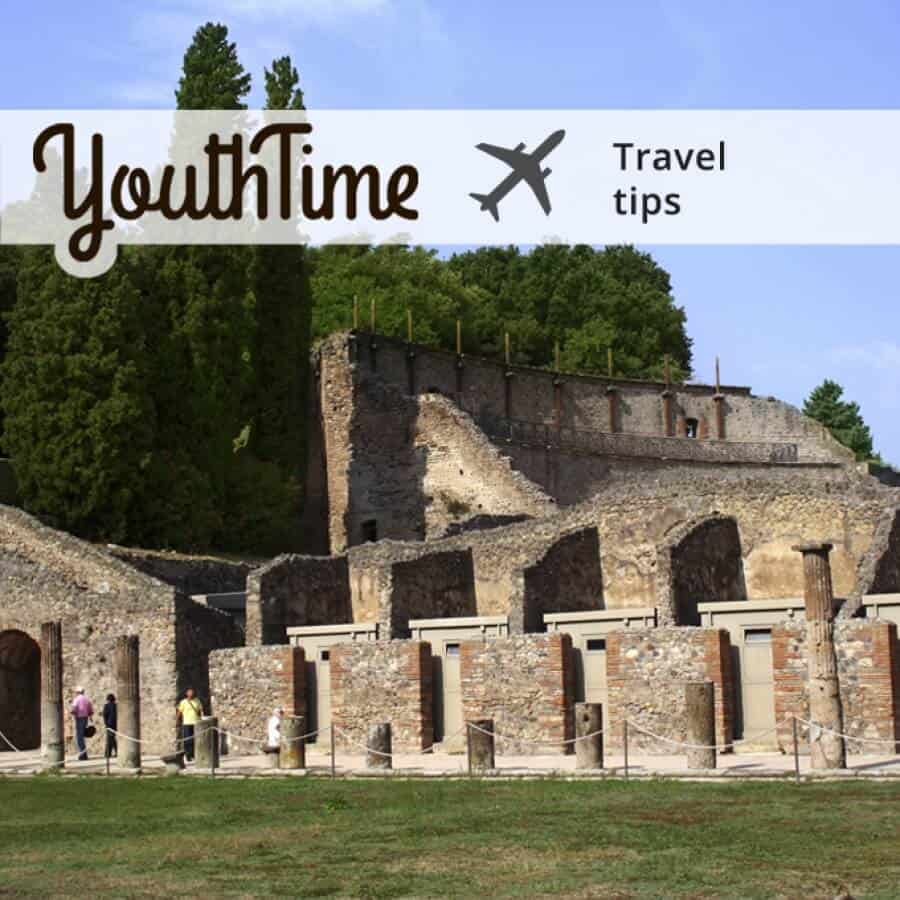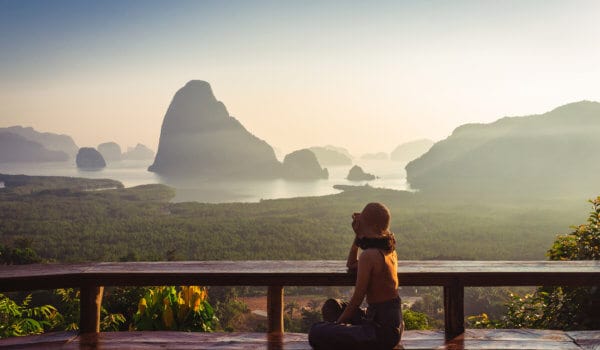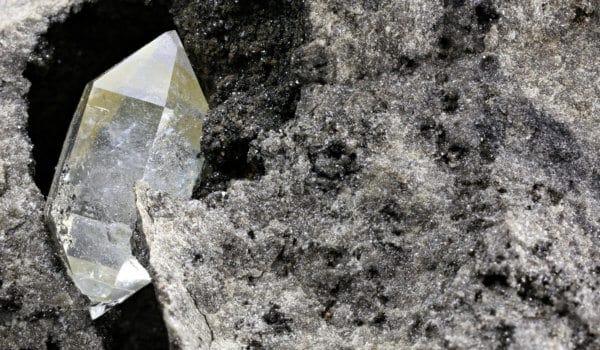The story of Pompeii continues to amaze visitors, even centuries after it was discovered. Allow us to entice you to explore an ancient town so well preserved, with an atmosphere so arresting, that millions of visitors have had the sense that its original inhabitants might return at any time. You will find here practical information about transportation from Naples, ticket prices, the season to go, and just where to eat.
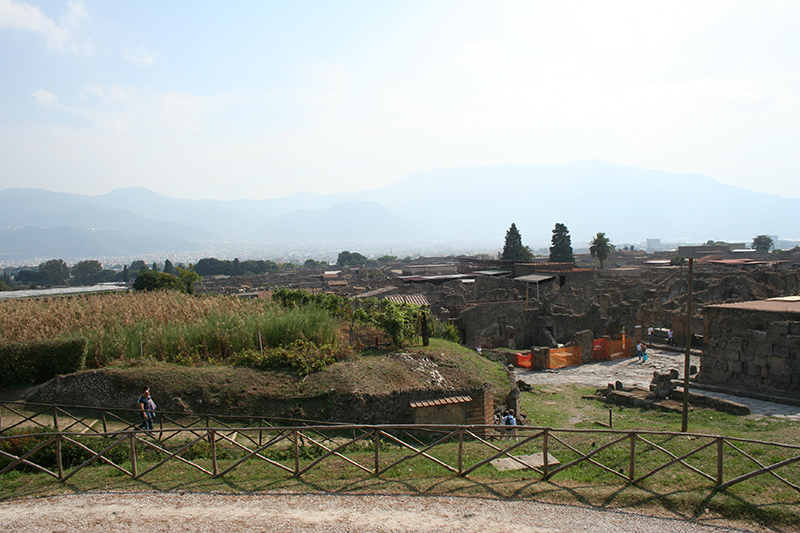
Pompeii, the ancient Roman town, buried in volcanic ash after the massive eruption of nearby Mount Vesuvius in 79AD, and rediscovered in the 18th century, was similar in concept to other ancient towns, although due to the disaster that preserved it for centuries, we now have a clearer idea what life looked like in those times. To be precise, Herculaneum vanished along with Pompeii, as did a few other small places.
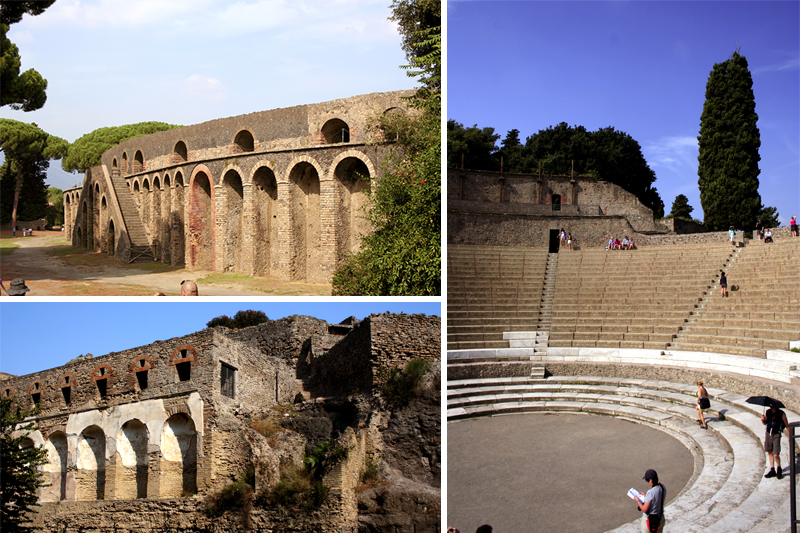
The layout of the town comprised a Forum, a basilica, temples, an amphitheatre, a cemetery, taverns, a spa, a gymnasium, a water system, a port, residences and brothels (lupanar)… Yes, brothels. And not just a few. For a population of about eleven thousand, Pompeii had 35 such lupana, and that comes to 285 people per brothel (the number obviously was actually lower, since the population number really comprises the entire population – men, women, and children).
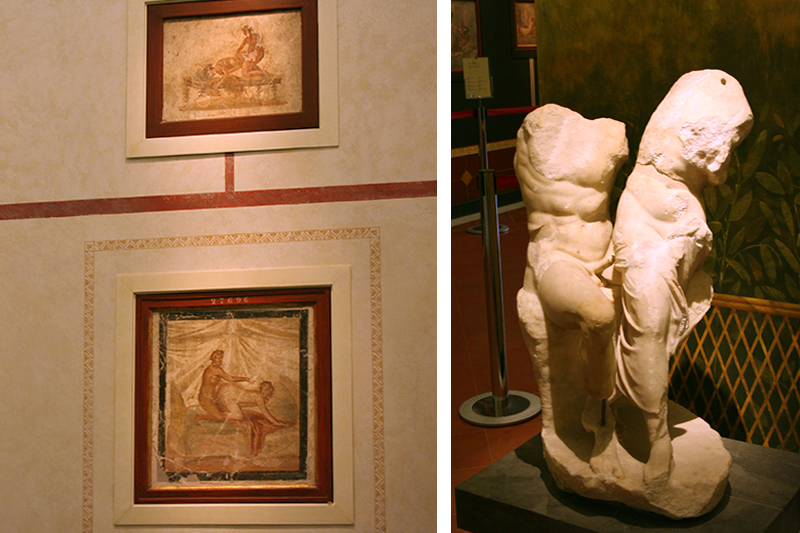
The walls of these places were decorated with nude scenes and related erotic art, often phallic objects. And not just that, also the private houses of the wealthy frequently had bedrooms decorated with stimulating, erotic pictures. Overall, erotic was ubiquitous in the daily life in Pompeii, and so there is no wonder that so much of it got preserved, among other things of course, when on that fateful day Pompeii was packed with lava and ash to remain as a reminder of its time.
And here comes the rumor. Apparently, Pompeii was discovered earlier than previously thought, in the 16th century, but because of the strict moral codes of those days, erotic frescoes and similar items were considered inappropriate, and the place was not only barred from further excavation, but put back to sleep for another almost two centuries. Supposedly Pompeii was cursed for debauchery.
People in the 16th century thought the volcanic disaster was punishment for Pompeii’s dissolute ways.
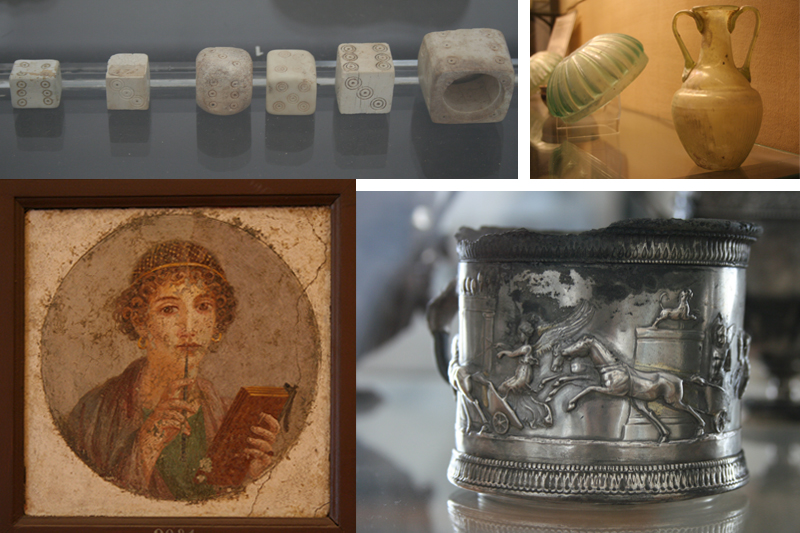
But Pompeii is not only about erotic art. A vast number of paintings, murals, mosaics, statues, also whole columns and objects of daily life, such as crockery, vases, games and others, were carefully preserved and transferred to a museum in neighbouring Naples.
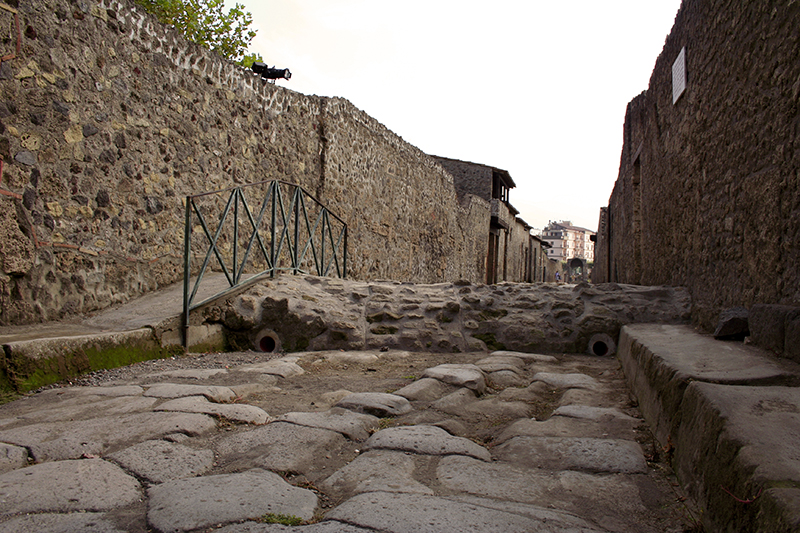
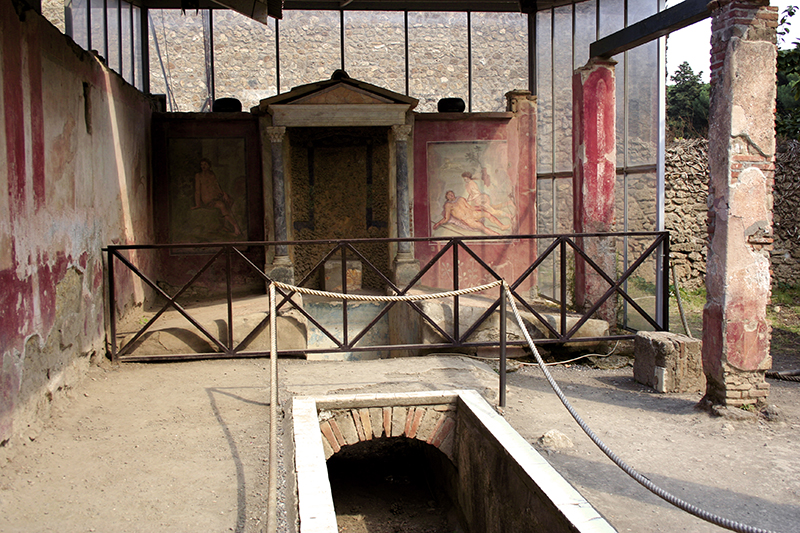
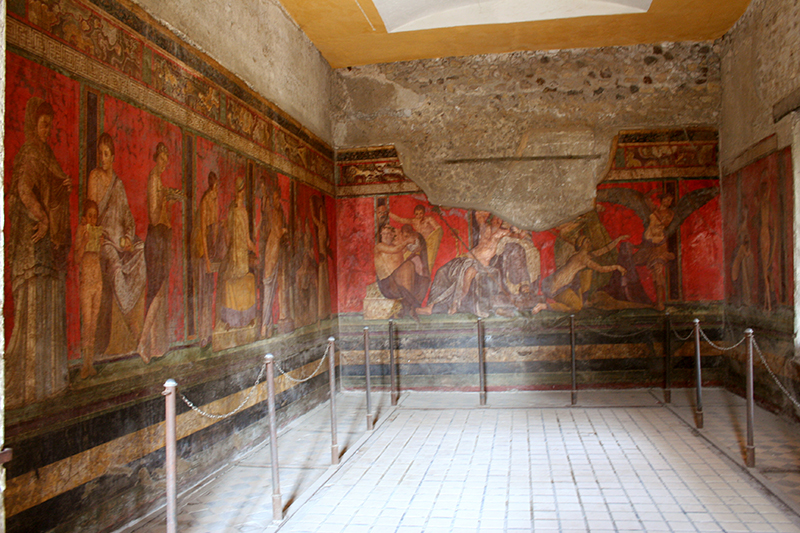
Walking amidst the debris and seeing the place which at one time was in its glory, now on its knees, is a reminder that nothing is forever. There is the atmosphere of a ghost city in Pompeii. Somewhere along the line the ruins got new inhabitants in the form of stray dogs or even a few homeless people.
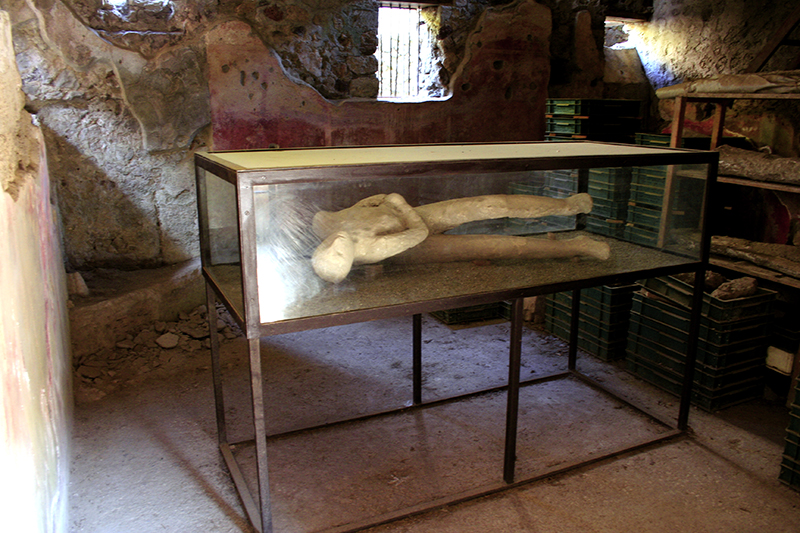
The difficult part of seeing Pompeii is the castings made from cavities formed by the victims’ bodies – caught as they were attempting to flee.
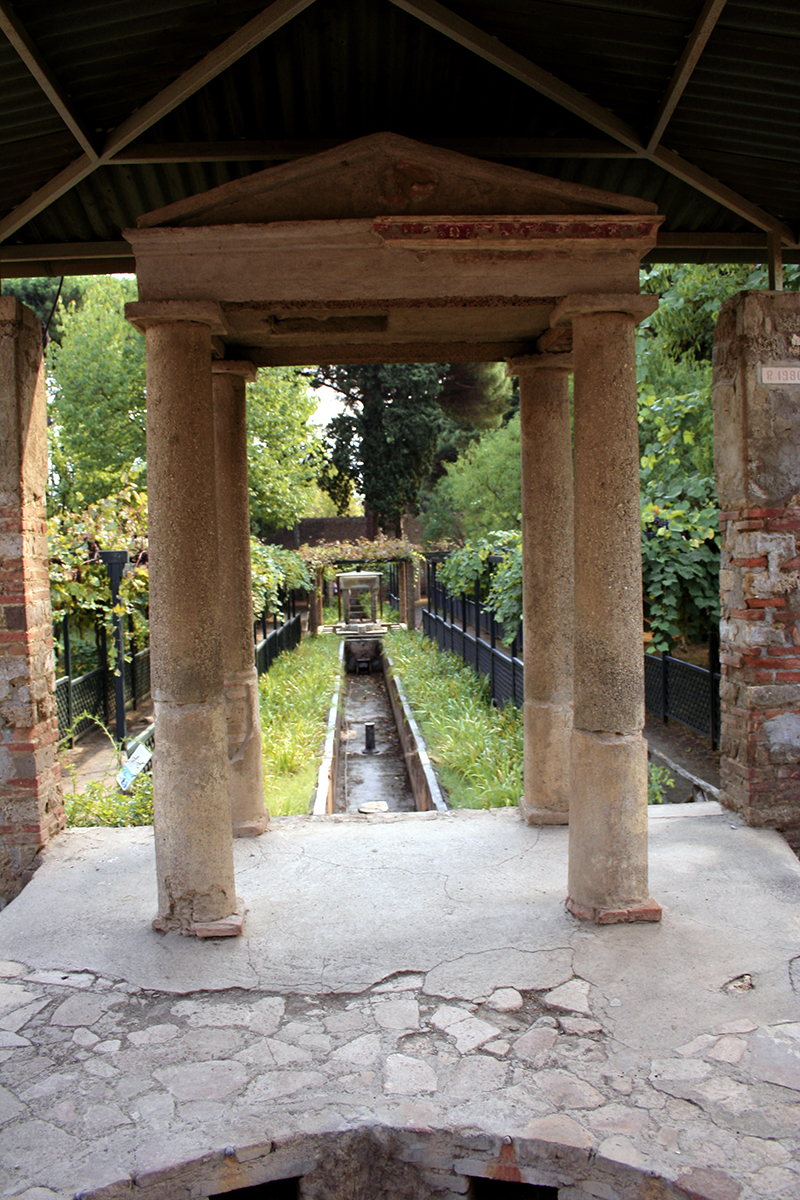
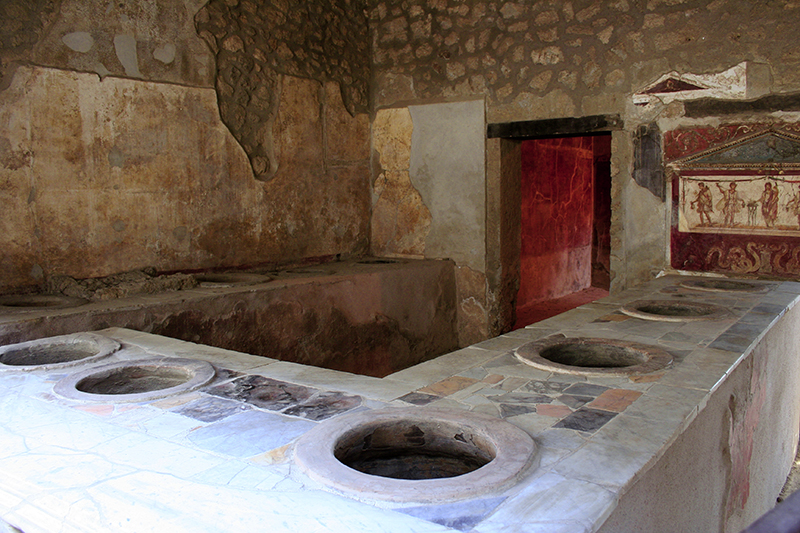
The town plan, on the other hand, still looks modern, comprising everything needed for daily life. The houses with symmetrical gardens and atriums look especially peaceful, also the local taverns with good devices to keep food warm.
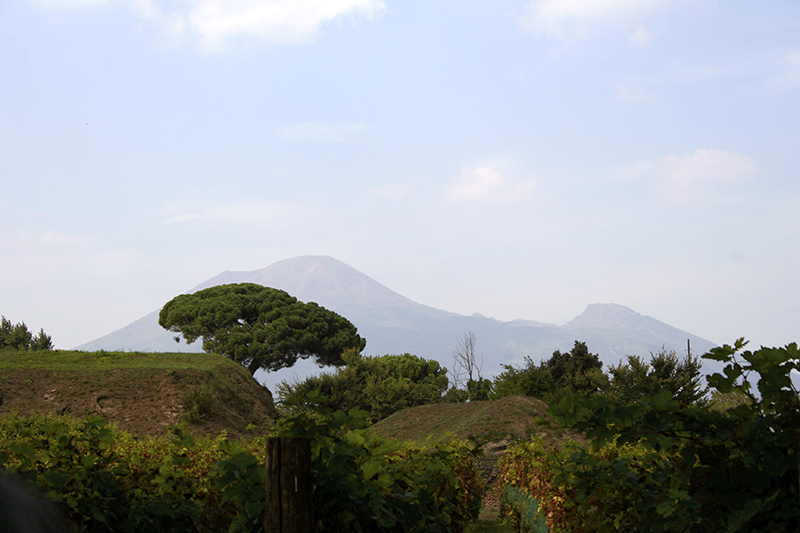
And behind the ruins of Pompeii stands as a silent witness, Vesuvius itself. Silent, but not safe at all. Nowadays it is the only active volcano on the mainland of Europe that has erupted within the last hundred years. It is an actual threat for the millions of people who live in the vicinity.
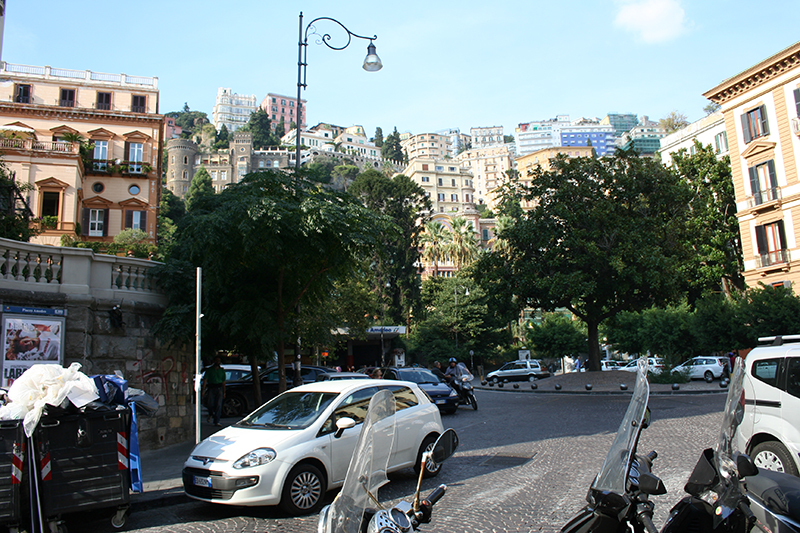
The closest airport is in Naples, where there is a great opportunity for accommodation in one of the many hotels. The direct train to Pompeii (CIRCUMVESUVIANA sign) departs regularly during the day and takes about 30 minutes through a pleasant landscape. The fare is very low, just about €3, and the destination is Pompeii Scavi, Villa dei Misteri. The ticket there is 13,00 € full price, students up to 25 years half price.
There are several places to eat near Pompeii, whether it is just pizza or a full service restaurant, though inside the complex itself there are no dining opportunities.
Due to the typical Italian hot climate in summer, it is generaly better to do this trip in later Spring or in Autumn. September was just right time for the visit, offering warm enough weather but not sticky hot. Remember there is lot of walking in open space.
You can also visit the previous stop at Herculaneum, which is smaller, but no less interesting.
Photos: Martina Advaney
Support us!
All your donations will be used to pay the magazine’s journalists and to support the ongoing costs of maintaining the site.
Share this post
Interested in co-operating with us?
We are open to co-operation from writers and businesses alike. You can reach us on our email at [email protected]/[email protected] and we will get back to you as quick as we can.
